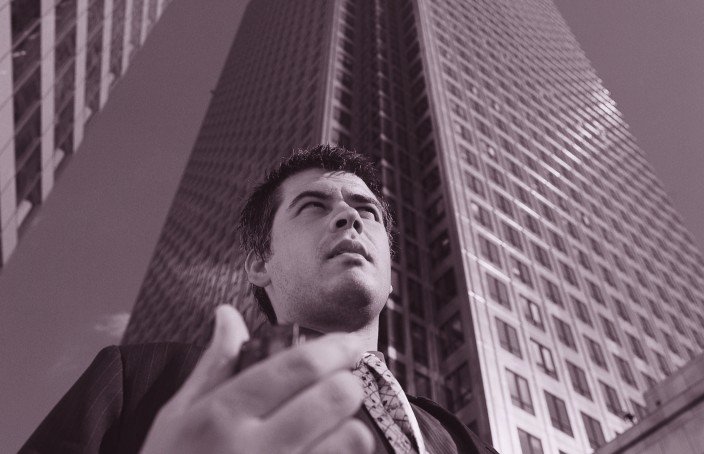WE are always right? Or keep questioning our old ways of thinking?
For a brief moment women wearing burqas and niqabs were banned from sitting in the Australian Parliament’s public galleries. This was later changed as long as they revealed their faces for identification at security checkpoints.
In a show of protest three men wearing a Ku Klux Klan uniform, a motorcycle crash helmet and a niqab tried to enter the Parliament building. They were met by security outside who told them that the helmet and the KKK hat were not allowed inside whereas the person wearing the niqab would have to reveal their face but could then put the veil back on.
There followed a (mild) furore on social media about inequality and the overblown political correctness. People rallied around the cry that “we” shouldn’t bow to the powerful minority as “we” had our own standards.
However the social media commentators seem to have missed various points:-
1. They themselves had probably lived or visited overseas where local law meant that drug possession was punishable by death, that you couldn’t chew gum on the streets, that many other things we did not agree with was law, and we protested that “they” the majority should listen to “us”;
2. They recognised “our” team’s views and believed they were right but they did not recognise the “other” team’s views could possibly be right;
3. The burqa, hijab and niqab, along with saffron robes, and nuns’ habits are part of a particular religion’s accepted dress;
4. The KKK uniform is a recognisable uniform of hate and racism; and
5. A motorcycle crash helmet is a – hello – HELMET!
But what does this have to do with business?
Well, if you understand the motivation behind both sides of this debate it will lead you to one of the most important issues in business today – the need to innovate and change.
All of us, because of atavistic tribal instincts believe that “our team” is always right.
In the 1990’s, teamwork coaches used to counsel against the dangers of “group-think” where one or two influential and respected members of a team would agree and define the team’s outlook on a given situation and the rest of the team become easily persuaded that this was the right perspective.
The danger pervades businesses where “the way we have always done it” is the right way to keep doing it. It stifles innovation and it stifles productive change. When people question whether there is a better way of doing it, they are told some reasonably logical (but fundamentally unproven) arguments why it would not work, and instead of being allowed to experiment, are shut down.
The problem when “we” know it all and are always right, is that the ideas from the other team are ignored. Think Kodak. They had the “right” product. They attempted to increase the quality of the “right” product – the negatives and the photos these produced. They ignored their competitors’ digital cameras.
Montgomery Ward was a mail-order retailer in the United States that started in 1872. It was innovative in that it provided goods by mail order to customers in remote regional areas. Despite strong competition from other mail-order companies it continued to succeed through solid customer service well into the 1960’s. Then its competitors started to open retail outlets in the malls that were being built at that time outside of downtown, bringing their goods to those remote regional areas. Montgomery Ward held out believing in its customer-service and its niche of delivering by mail to people who couldn’t get to shops, not realising that shops were getting to those people. It finally closed after a lingering death in the early 2000’s.
Businesses need to change with the times or die. This is not just innovation, this is about meeting the ever-changing needs of your customers. This means listening to and understanding the point of view of the other team or even outliers within your team.
What do you need to do?
1. Firstly, continue believing in your team because all hands pulling one way is better than all hands pulling in 5 different directions.
2. However remain open to questions – treat each question not as a challenge but an opportunity for the team to improve. When a question is received, reframe it into an opportunity – “if we were to do this, how could it improve our business?”
3. Actively discuss changes in your industry and in your customer needs. Look for how society and circumstances are changing and if this will affect your business, then investigate how it might affect you.
4. Allow experimentation, allow failure as long as the principle is to follow due diligence before implementation and the failure is analysed for lessons.
5. Look for ways for “tradition” to work with the new. Accepting change does not mean that all the old ways are discarded – can the change and the traditional be melded into an improvement?
6. Finally, always understand “the other team”, whether that is an internal team (say sales vs service) or your competitors. Outlaw any immediate downgrading of “their” ideas until you know and understand why they are suggesting it, debate whether the ideas have merit (see point 2 above).
Centuries old tradition can be a good thing AND a bad thing – the lesson for business is to understand both points of view and take the best from both.





No comments yet.
Add your comment